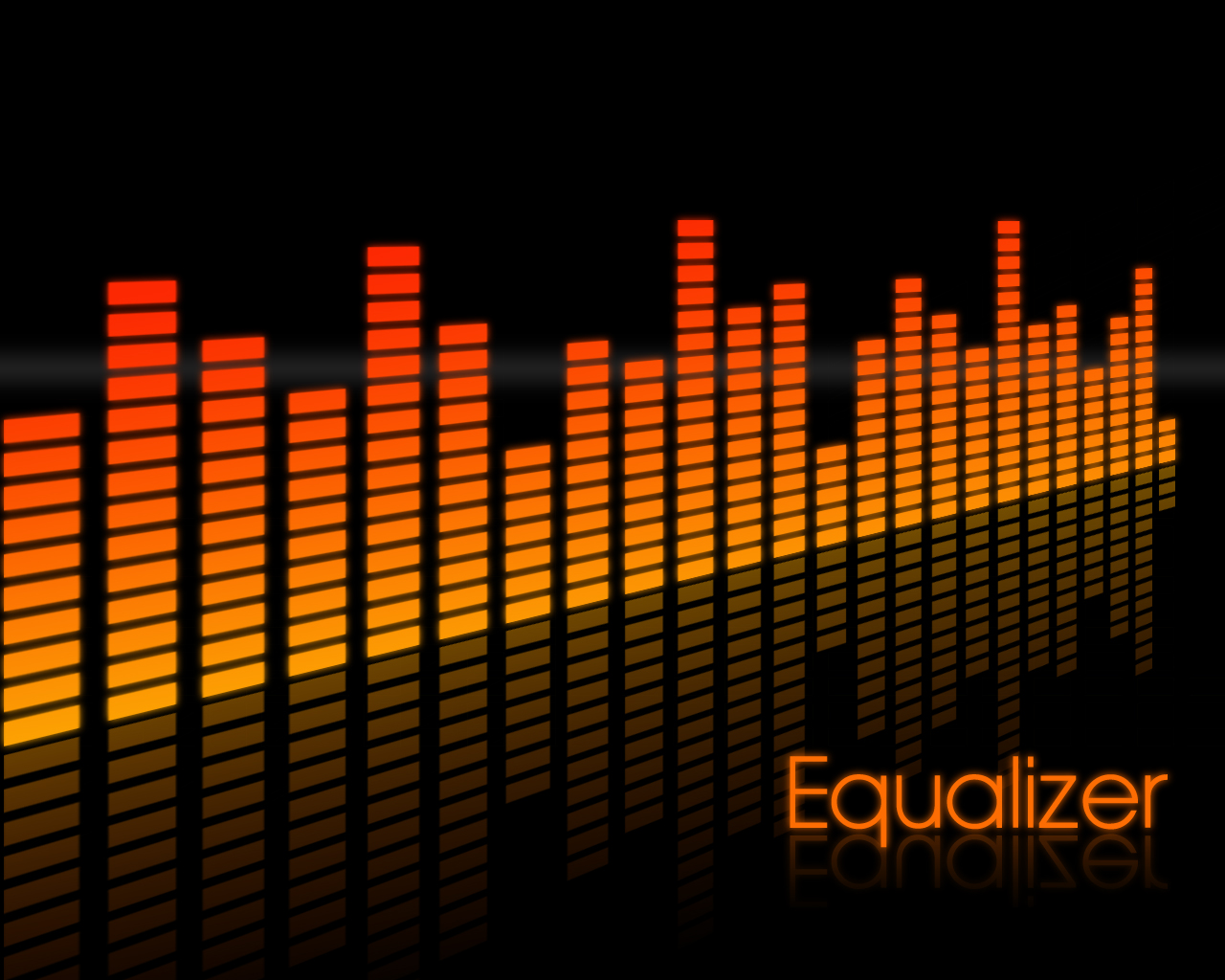Equalizer in general can be divided into two, namely graphic and parametric. Graphical Equalizer EQ is widely used at home, while many of us can use in the world of audio engineering is the parametric EQ.
Parametric EQ has three parameters that can be set as follows:
Center frequency: Frequency middle you want to cut / boostGain: the amount of cut / boost in units of dBQ Factor: its narrow width or bandwidth of the frequency of the cut / boostQ factor: the higher its number, the narrower the affected frequency. The lower its Q, the wider its frequency is taxable.
Besides Bell Shape EQ can we set Q it, we know also that his name Shelving EQ. On Shelving EQ, bandwidth and center frequency is no longer relevant. Instead of his f described as cut-off frequency, and g is its slope.
Low Shelf EQ: All the frequency below f we set will hit boost / cut
High Shelf EQ: All the above frequency f we set will hit boost / cut
High Pass EQ: All frequency f under which we set to be cut / removed.
EQ Low Pass: All the above frequency f we set to be cut / removed.
EQ should be used after the tracking process. That is, when recording a voice, be it vocals, or guitar, it is recommended not to EQ first. Get used to search for the best sound at the time of recording. Perhaps by changing the location of microphones, microphone replace him, or her musical instrument. To remember, you can not make boost / cut what is not there from the beginning of it.
Low Cut Filter: Used when recording the vocals with a short distance. Because there is its proximity effect, also maintain such getaran2 of foot, air conditioning, etc. it.
If you're forced to EQ more than 9 dB, if possible, try to change the microphone position or to tune your instrument to get the sound that gets you diinginkan.Apabila mixing job while other people who download his tracks, then you are inevitably forced to use EQ. In the case inicobalah to avoid the use of more than 9 dB. The use of EQ, especially when it boosted her, to have side effects, namely phase-shifting. It is better to cut him, because of side effects was not as much to boost.
Use the "cut" to remove frequency troubled or make sound better. Use the "boost" to change the color of sound.
Natural EQ
His original nature, frequency of low energy air is a high frequency. So its long distances, who first lost his is the high frequency. For example: When we heard the sound of drums from the next room, kick drum sound (low frequency) can penetrate the wall because it has more energy than the cymbals sound (High Frequency). This theory we use when mixing and want to make some instruments sound more distant.
The use of EQ
The use of EQ can actually decrease the quality of sound. It is therefore advisable to seek the desired sound from its beginning. Remember that you can not cut or boost the frequency that does not exist from its beginning. For example, if someone put a pillow between the beater kick drum and microphone, then somehow you make boost or cut frequency, it still will not get the desired sound.
Do not EQ to make his instrument in solo sounds neat, but how to make instruments that sound good in the mix. Examples: Full Range solo guitar solo sounded good time, but maybe it will hit the other instruments in the mix.
EQ is used to:
Change the color of soundSeparating the two colliding his frequency instrumentGetting rid of the disturbing frequency dirtyMastering
Frequency can be divided into:
Very Low, from about 80 Hz downLow around 80 Hz - 350 HzLow Midrange 350 Hz - 2 kHzHigh Midrange about 2 kHz - 6 kHzHigh which is about 6 kHz and above
The use of EQ for beginners:
G is not more than 9 dBIt ranges from about 1.5 QFrequency below 150 Hz using Low Shelf EQAbove 8 kHz Frequency use High Shelf EQ
If possible, try to mixing without using too much EQ. In addition to saving more time, also resulting sound will be much more natural sound. Try to advance the best mixing it with only adjust the volume fader and reverb. Very likely you will feel the results of natural and open (wide).



